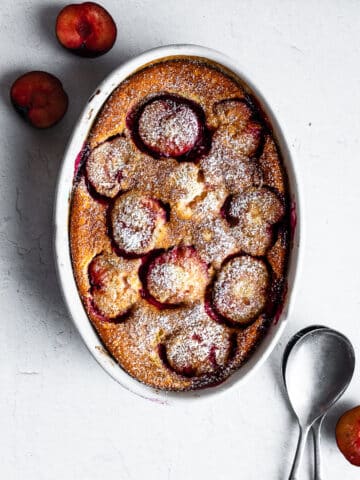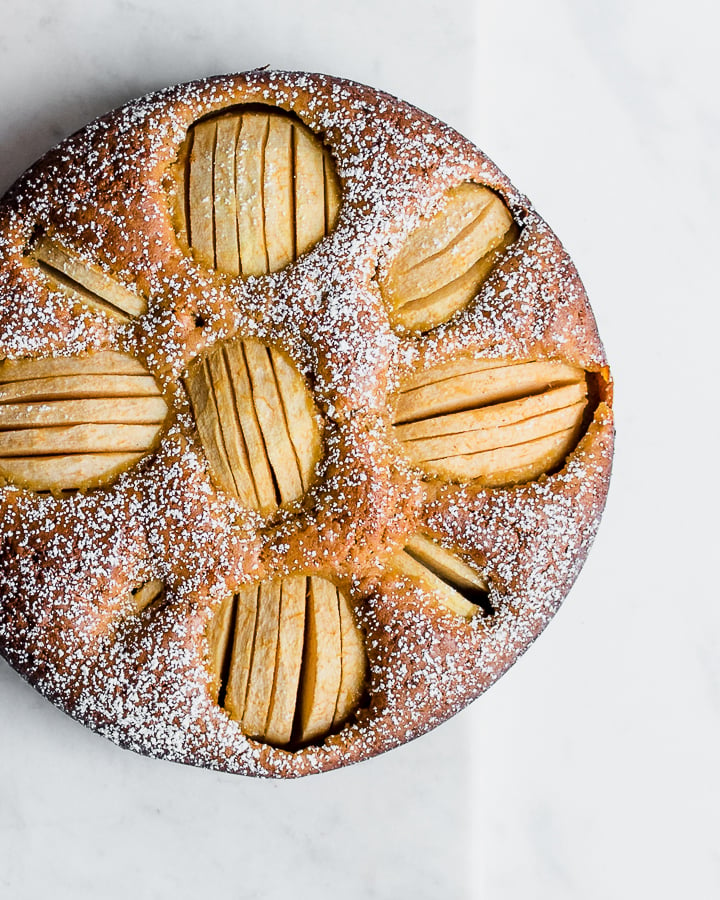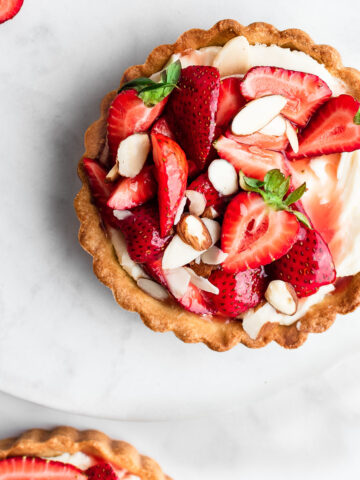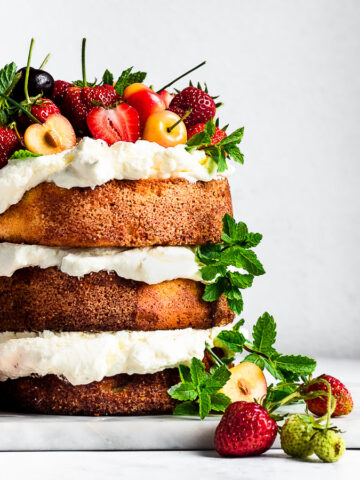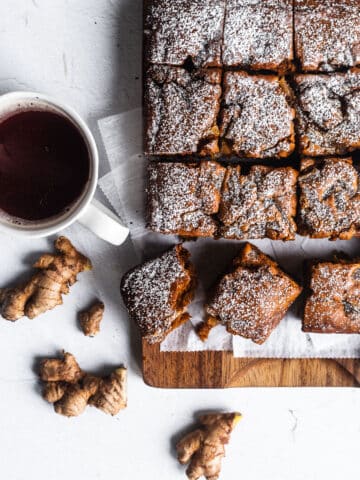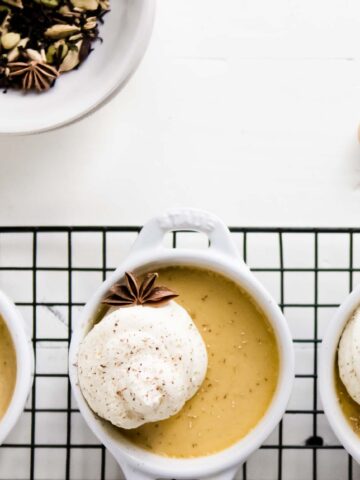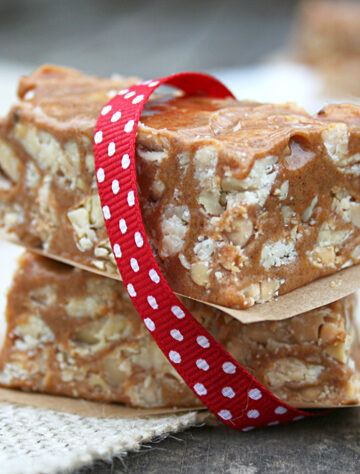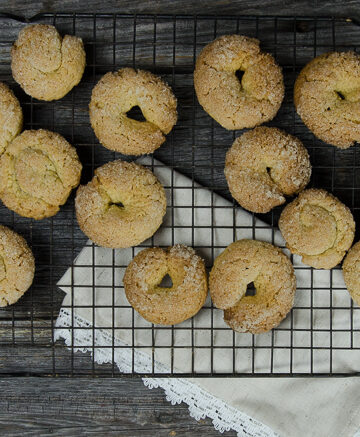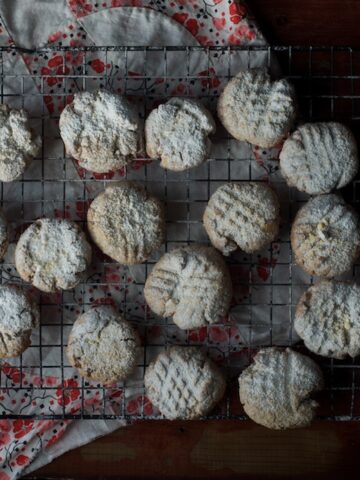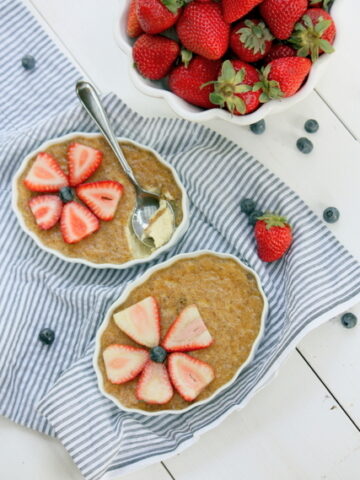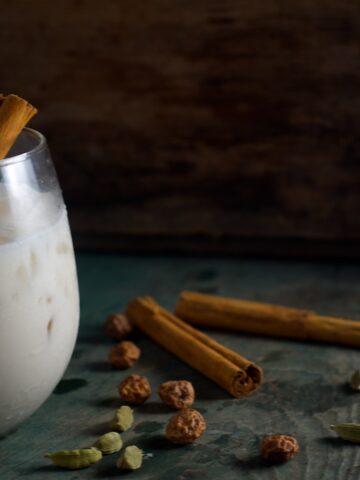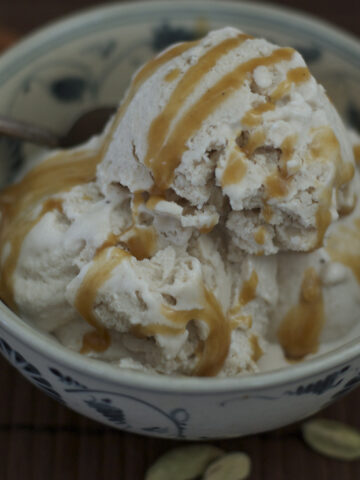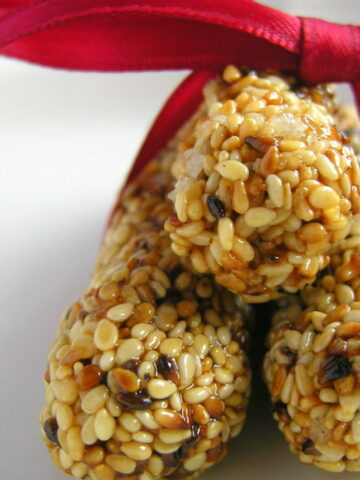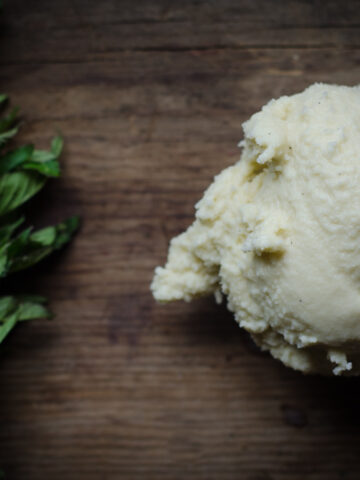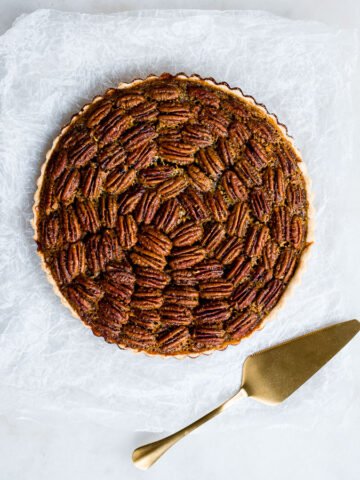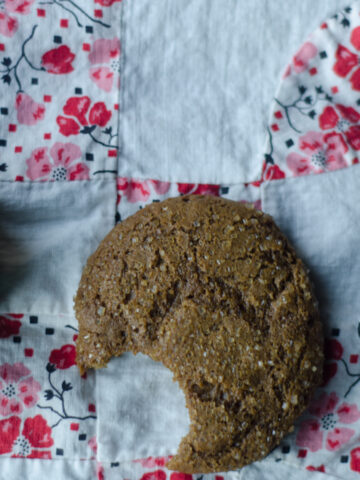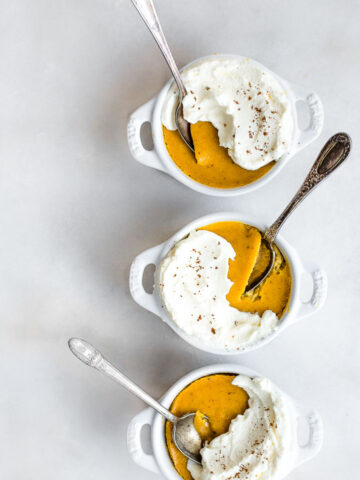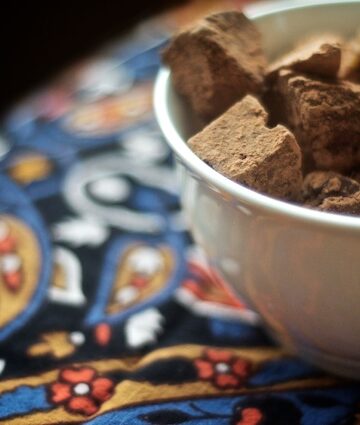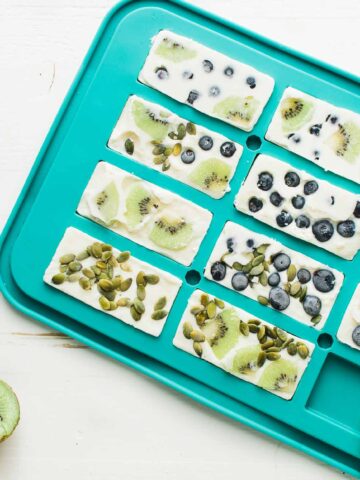Naturally Sweetened Dessert
These simple, naturally sweetened desserts won't have you missing the refined white sugar. Instead, they're sweetened with minimally processed, natural sweeteners such as maple syrup and honey and unrefined cane sugar such as panela and jaggery.
Popular Recipes

sweet + rich
Einkorn Gingerbread
Sweetened with molasses and a little unrefined cane sugar, this einkorn gingerbread is a favorite.
What kind of natural sweeteners?
Unrefined cane sugar is sweet with a molasses-like edge. Look for piloncillo, panela, jaggery, muscovado or rapadura. They're good for cakes and any recipe that calls for a dry sweetener.
Honey is a favorite. Raw, local honey is best. Also, look for single-varietal honey such as buckwheat, orange blossom, or berry blossom. Honey is excellent in custard.
Maple syrup and sugar have a rich, toffee-like flavor with light, woodsy undertones. Use maple sugar in cakes, muffins, and baked goods. Maple syrup is delicious in custards, puddings and chocolate.
Palm sugar is a sweetener made from the sap of sugar palm trees. It's typically sold in dried bricks and grated before use. It has a sweet, fruity taste and works well in most desserts.
Coconut sugar and coconut nectar are made from the coconut palm. It is lower on the glycemic index than white sugar and is a little less sweet.
More naturally sweetened recipes
These naturally sweetened dessert recipes include cookies, cakes, custards, ice creams, and sorbets. They primarily use honey and maple syrup, although you'll find plenty using jaggery and other natural cane sugars, too.
- Chocolate Custard
- Einkorn Gingerbread
- Masala Chai Custard
- Spelt Thumbprint Cookies with Sesame Seeds
- Turrón de Navidad
- Olive Oil and Wine Cookies
- Little Almond and Einkorn Cookies
- Sweet Marrow Custard with Vanilla Bean
- Tigernut Milk (Kunnu Aya)
- Chai Coconut Ice Cream
- Sesame-Honey Candy
- Vanilla Bean and Fresh Mint Ice Cream
- Maple Gingerbread Cookies
- Maple Pecan Pie
- Chewy Spiced Molasses Cookies
- Sprouted Spelt Cookies
- Pumpkin Custard
- Rustic Mayan Chocolate Truffles
- Frozen Yogurt Bars

